A Plague Tale: Innocence is meant to be, above all else, a story of the fraught relationship between two siblings, against the backdrop of war-torn, disease-ridden 14th-century France. The older, Amicia, feels like she had to grow up largely on her own, due to her father’s travels and her mother doting on her unwell little brother; the younger, Hugo, is a sheltered, sickly five-year-old with zero attention span and no concept of personal danger.
It’s a perfect recipe for friction, as they barely know each other and are suddenly thrust into a situation where they’re forced to depend on each other to survive.
The gamble that the developers have taken is that you’ll be invested enough in Amicia and Hugo’s personal dynamic that you’re willing to play through an hours-long escort mission. Roughly two-thirds of A Plague Tale is dedicated to you as Amicia keeping Hugo safe, as you make a desperate run through dead cities, hot zones, and active battlefields.
As these things go, it should be said that this isn’t the worst take on the concept. (That, in my experience, is still 2011’s Knight’s Contract.) Hugo usually stays fastened to your hip whenever you’re actually in the field, he does what you tell him, and most of the time, he’s a typical tagalong NPC. He does lose his damn mind and get guards’ attention if you get more than about 20 meters away from him, so you can’t just dunk Hugo into a barrel like he’s RE4‘s Ashley Graham, but that’s not much of an imposition.
That said, he’s also the sort of support character who’s not only the center of the game’s plot but is also the source of most of that plot’s major complications. A Plague Tale would be about four hours shorter if Hugo had the basic self-preservation instincts of the average cocker spaniel. His habit of throwing a tantrum and running away on his own at the worst possible time, for the most specious possible reasons, is the focus of not only a couple of different chapters of the story, but forms the lead-up to the game’s denouement.
It’s actually a neat bit of narrative design. Hugo is a sheltered little kid and acts like one, which I have to assume is meant to make the player as frustrated with him as Amicia often is. I can admire the intention and even the implementation, even as it and Hugo annoy me.
That central dynamic is one of a handful of things that are holding A Plague Tale back. There isn’t much else like it on the shelves right now, and a few of its levels are legitimate must-sees, but it’s rough around the edges. It’s worth checking out, if only for the absolute insanity of its final stages, but its first real barrier to entry is your ability to tolerate Hugo.
A Plague Tale is set in southern France, in the early 14th-century, at the start of the Hundred Years’ War. The English army is steadily gnawing on the nation’s borders to back up Edward III’s claim to the French throne, the Inquisition is in full swing, and entire villages are being torn apart by the Black Death.
You play as Amicia de Rune, the oldest child of a retired French knight. One day, following a hunting trip with her father, Amicia’s home is attacked by the forces of the Inquisition. Amicia’s forced to flee into the countryside with her little brother in tow, pursued by religious zealots and bounty hunters, and surrounded on all sides by sickness, insanity, and hostile soldiers.
That’d be enough to hang a game off of as it stands, but shortly after their escape from their father’s castle, Amicia and Hugo run into a larger threat: invading hordes of ravenous black rats. Anyone caught by them is reduced to bones in a few bloody seconds, and the “lucky” ones who manage to get away are likely infected with the Black Plague. The only protection from the rats is to stay in well-lit areas, using torches, lanterns, campfires, and even burning sticks to keep the horde at bay.
Notably, Amicia is a teenage girl, armed with a sling, up against armored soldiers. If anyone gets close enough to draw a bead on or take a swing at Amicia, she’s dead. As such, particularly in its opening levels, A Plague Tale is a stealth game with a fragile protagonist. Most of the time, being detected at all will end badly for you.
You can throw rocks or clay pots to create distractions and slip by guards, hide in tall grasses, and use your slingshot to destroy distant targets. Eventually, you start getting upgrades, such as alchemically-enhanced ammunition, and Amicia can enhance her sling to the point where landing a headshot to an un-helmeted human is a one-hit kill. Stealth never stops being important, however, as it takes Amicia a couple of crucial seconds to spin the sling up to lethal velocity, and it’s a lot harder to hit a target who’s coming straight at you.
More often, when you need to take a human out rather than just slip by him unnoticed, you’ll use the rats. Being a six-foot-tall bastard in plate armor is no defense whatsoever against being pulled down and devoured, and the rats are almost everywhere.
Most of the challenges in A Plague Tale are thus about stealth, finding a way past the rats, or both at once. You can distract the rats with an easy meal, by throwing joints of meat or fresh corpses to them, or get them out of your way with sources of light.
Early on, you get special sling stones that burst into flames on impact, which only annoys a human target, but which can be used to ignite distant torches, embers, or haystacks. Your plain old sling stones can also be used to destroy a human target’s lantern, so if you pick your window carefully, you can get a dead enemy and a rat distraction all at once.
The rats actually impress me quite a bit. Whenever they’re not on center stage, the world of A Plague Tale feels like a sort of interactive documentary, with little of the artificial romanticism of medieval life that you often see in fantasy or historical fiction. The developers, Asobo Studio in Bordeaux, France, set A Plague Tale in its own historical backyard and built its environments without any real sentimental attachment.
The game’s setting is muddy, dark, crudely built, and falling apart at the seams; it’s full of muted colors, untamed wilderness, and people half-mad from grief. The music is mostly acoustic pieces from period instruments, expertly pitched to match the mood of a scene. Even the collectibles are little snapshots of French history, both good and bad, like alchemical trivia and artifacts of the Inquisition.
That makes it twice as surreal when the rats do show up, as they represent the sudden intrusion of a malevolent force into a relatively normal scene. It’s made obvious from the moment they first appear that they’re supernatural; even if they didn’t have a habit of bursting into flames if they’re exposed to too much light, the swarms behave less like a living thing and more like some kind of hostile carnivorous liquid.
In areas where they’ve been able to build nests, it looks like something out of an H.R. Giger painting, full of stripped skeletons and old blood. No one in A Plague Tale is equipped to understand the rats, and no one’s trying. They’re treated like a divine plague, one more bad thing in a bad time, and that’s one of the creepiest things about them.
(I had a conversation with the game’s creative director about it at E3 2018, although it was slightly complicated by a language barrier. He insisted that his studio doesn’t consider A Plague Tale to be a horror game at all, but it’s hard not to think of it as one. It is, at least, highly horror-adjacent.)
It’s all leading up to a conclusion that is worth the cost of entry by itself. The last level of A Plague Tale requires a lot of trial-and-error gameplay, as a nearly-new mechanic suddenly comes to the forefront, but it’s one of the weirdest and most memorable final stages of a game in quite a while. It’s on the same level of achievement as the chapter in Condemned 2 where you’re suddenly being pursued by an angry bear; people ought to be talking about this for a while.
That makes me inclined to be charitable towards A Plague Tale in the final analysis, as it’s nicely strange, with a unique setting and some interesting design choices. It’s still a decidedly flawed product, however.
I’m not even really that down on it for saddling you with Hugo, although that’s likely going to be the most controversial thing about it. If you’re not interested in playing full-contact babysitter to a little French kid who screams at you while you’re saving his life, in the rare event that he’s not actively doing something stupid at the time, then A Plague Tale just isn’t your game. Asobo made a deliberate creative choice and stuck with it despite it being potential market suicide, which is hard to truly fault it for.
The whole game does feel a little under-budgeted for what it is, however. The combat is awkward and clumsy, which makes it feel much worse on the occasions when the game forces you into an open confrontation. It’d make more sense if Amicia had more specialized alchemical tricks that let her avoid a fight altogether, like smoke bombs, or if the Ignifer flame ammo could stun or knock over human targets.
Instead, you have to pop headshots on advancing soldiers like it’s a medieval-themed version of Space Invaders, and the game’s systems are not equipped for the challenge. If you made the mistake of not investing in the theoretically optional upgrade path for the sling, a couple of those sequences are damn near impossible.
A Plague Tale’s engine is also not quite up to the task of its design, particularly in levels that involve both giant hordes of rats and player-controlled light sources. I played the game on a fairly beefy PC and still got some dangerous framerate drops in certain levels, as the constant churn of the rat hordes and the dynamic lighting fought each other for a chunk of my CPU. The rest of the game looks good enough, with nicely varied environments and expressive character models, but the rats often come off like a couple of them are somehow gnawing on your graphics card.
It’s also worth noting that A Plague Tale is about 12 hours long, and when it’s over, it’s over. You could maybe justify one or two additional runs for the sake of completing its achievements, but it doesn’t have any real branch points, extra challenges, a new game plus mode (which it really needs, both for finishing off the upgrade-related achievements and so I can mow down the bastard soldiers in the opening chapters), or additional difficulty levels.
In fact, A Plague Tale is one of those games that’s so excited for you to progress through it that, if you take a few seconds too long to consider the challenge in front of you, Amicia or a nearby member of her supporting cast will just blurt out the answer. It’s made for you to get into and out of it in a long weekend, which isn’t much value for a starting price of US$50. You’ll remember the trip, though.
Pros:
- It’s a bloody, picturesque run through a dramatically underrepresented, realistically-depicted period of history.
- The harsh thwack of your sling stone against an Inquisition soldier’s skull is always satisfying, and a testament to good sound design.
- The wetly organic structures of the rat nests are creepy and compelling.
- The final stages are something you really do have to see to believe.
- Melie is a great character who enlivens every scene she’s in.
Cons:
- The combat is awkward as hell, which makes it awful in the handful of instances when it becomes mandatory.
- If you’re spotted by enemies in a stealth sequence, you have almost no ability to escape.
- Lots of dynamic lighting and angry rats simultaneously is going to be murder on your system’s frame rate.
- Little replay value.
- Linear. All stages have one real path and all obstacles have exactly one intended solution. A couple may have additional brute-force options late in the game, but they’re not what the developers planned for.
- Binding the context command for climbing ledges and the dodge move to the same button is pretty obnoxious.
- Okay, yeah, I spent a lot of the game wanting to throttle Hugo.
There’s a lot about A Plague Tale that I find weirdly refreshing. There used to be a lot of games like this a couple of software generations ago. It’s just a simple, memorable single-player experience, made precisely as its designers wanted it, intended to be enjoyed and definitively completed. It doesn’t even end on a sequel hook. A Plague Tale: Innocence feels like the highest-budget B-list PlayStation 2 game ever made, and I assure you, I mean that as a compliment.
[Note: A copy of A Plague Tale: Innocence was provided by Focus Home Interactive for the purpose of this review.]

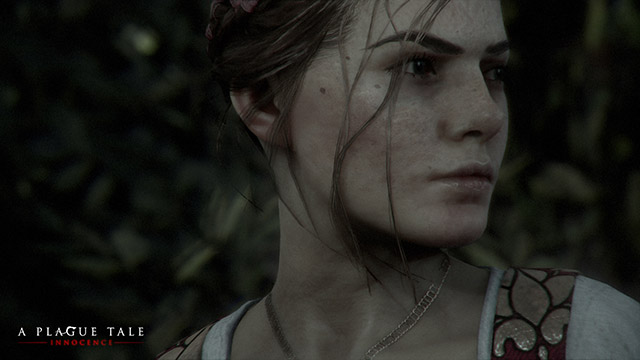
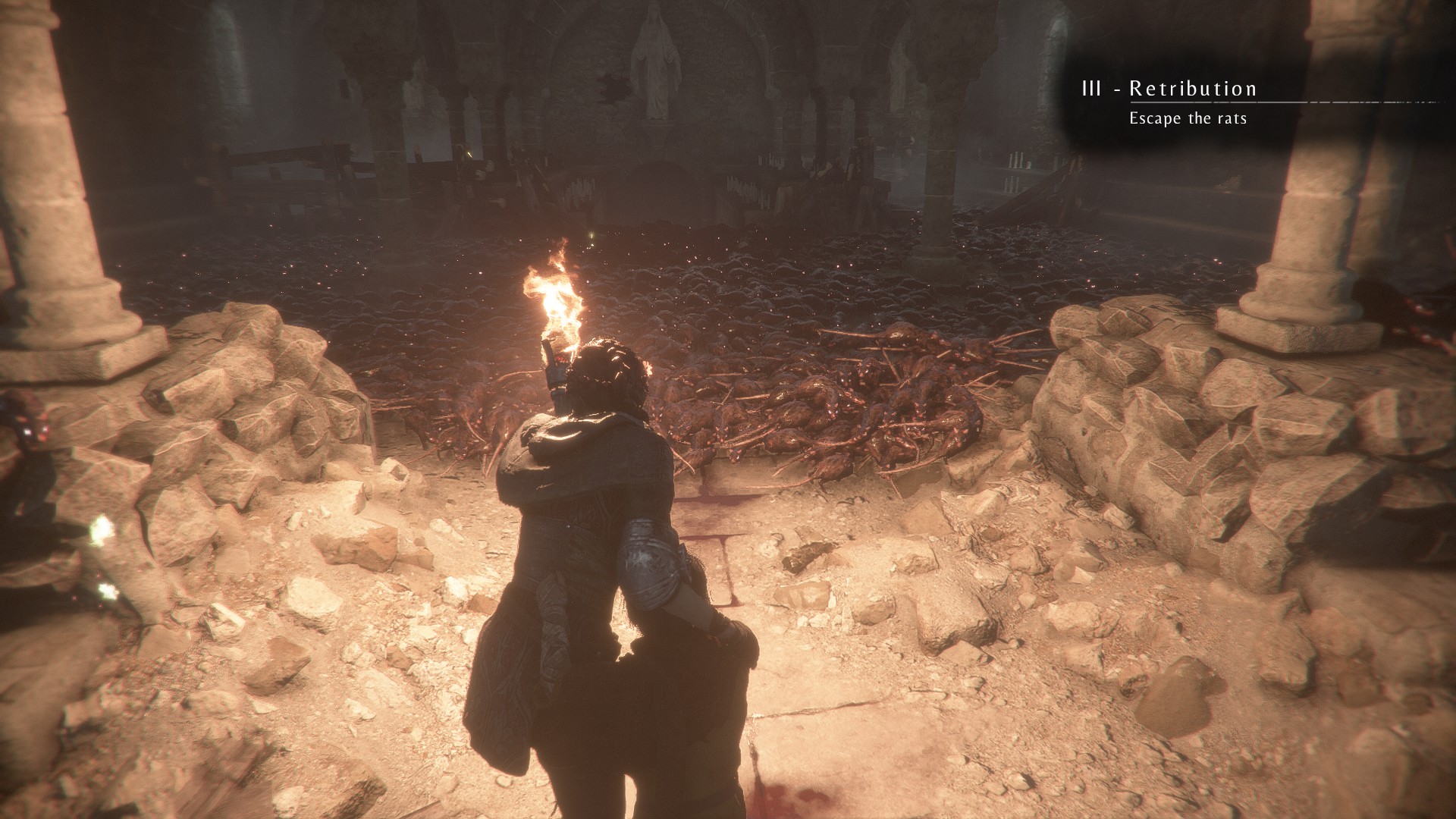
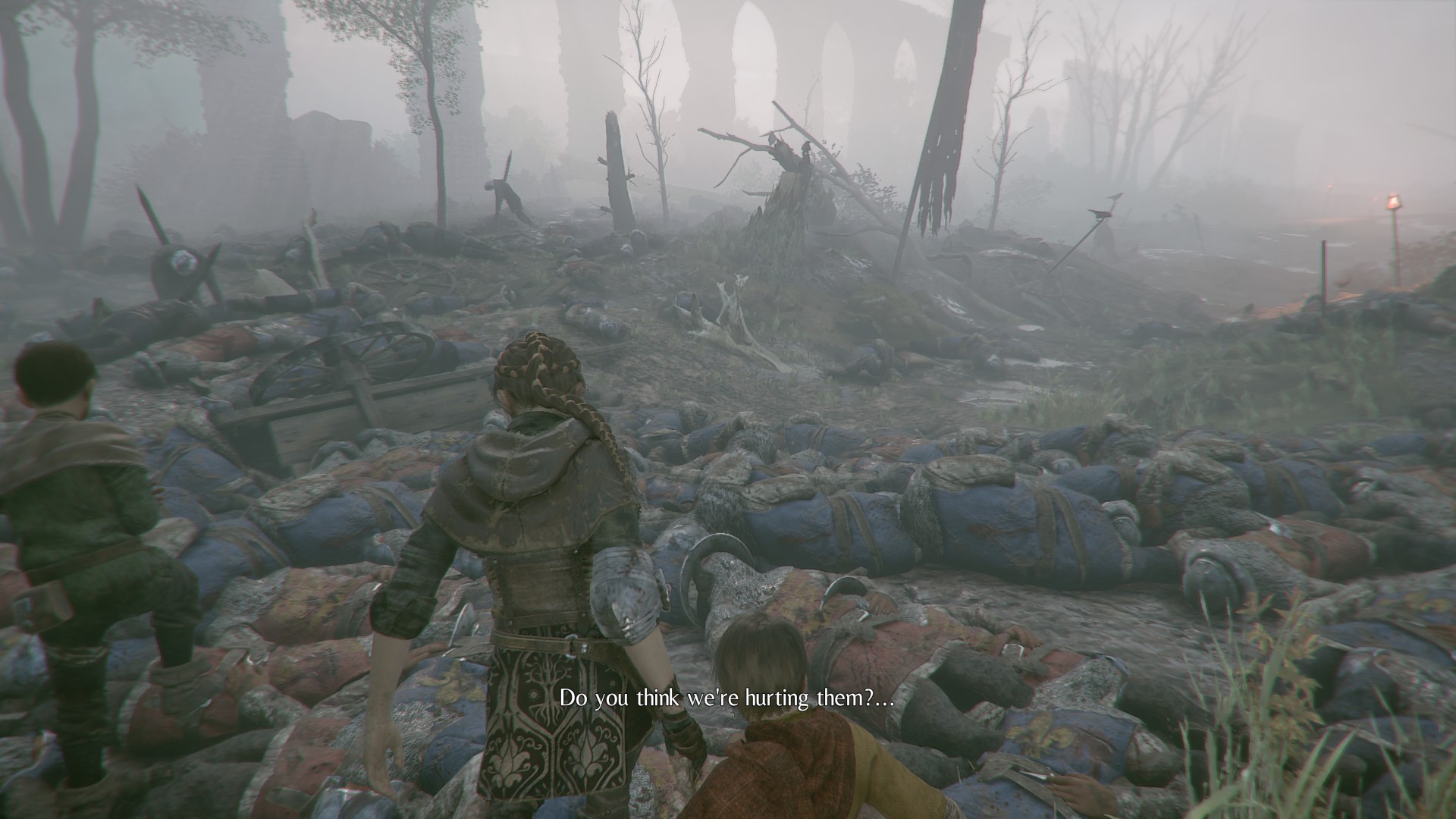
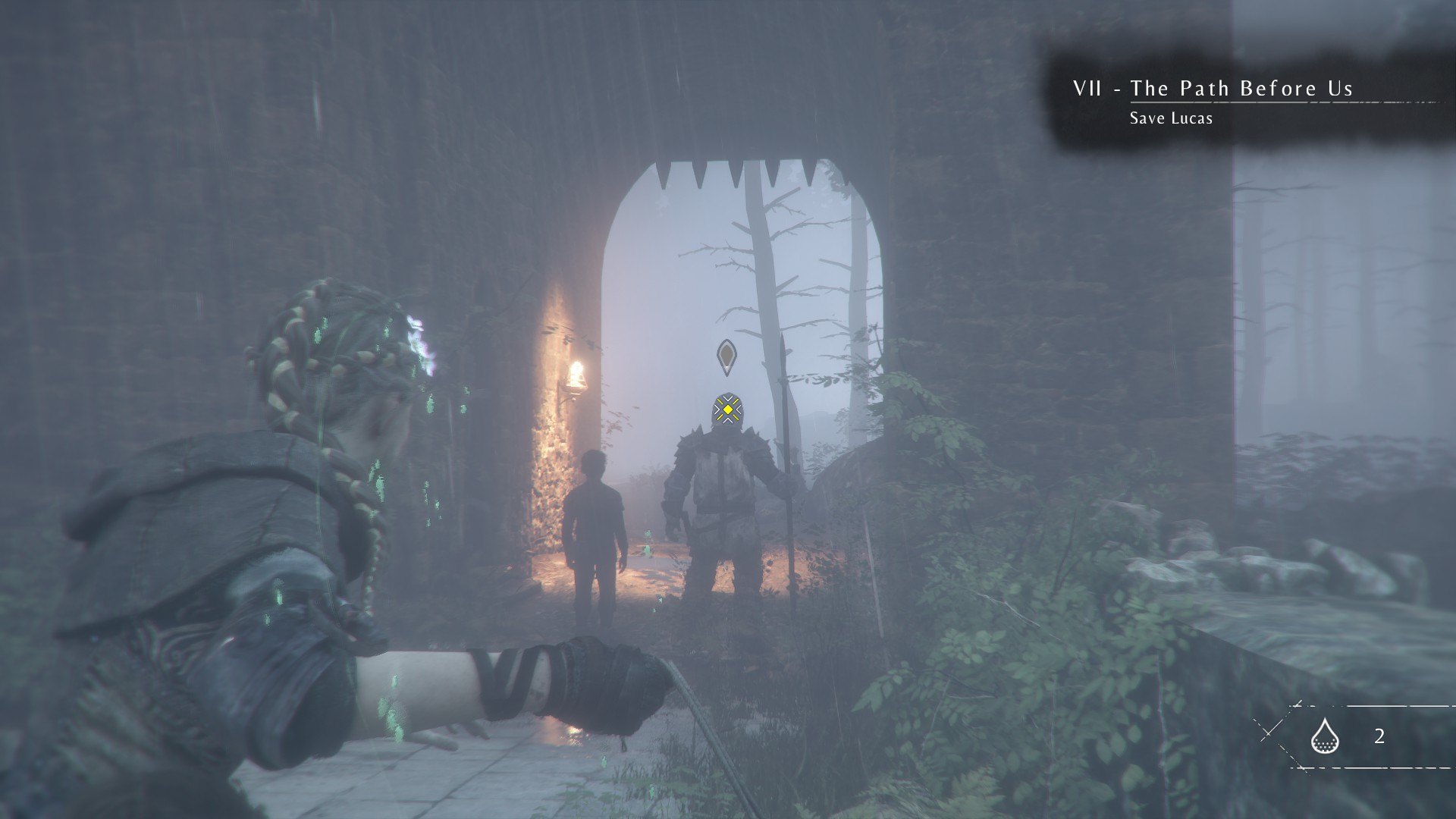
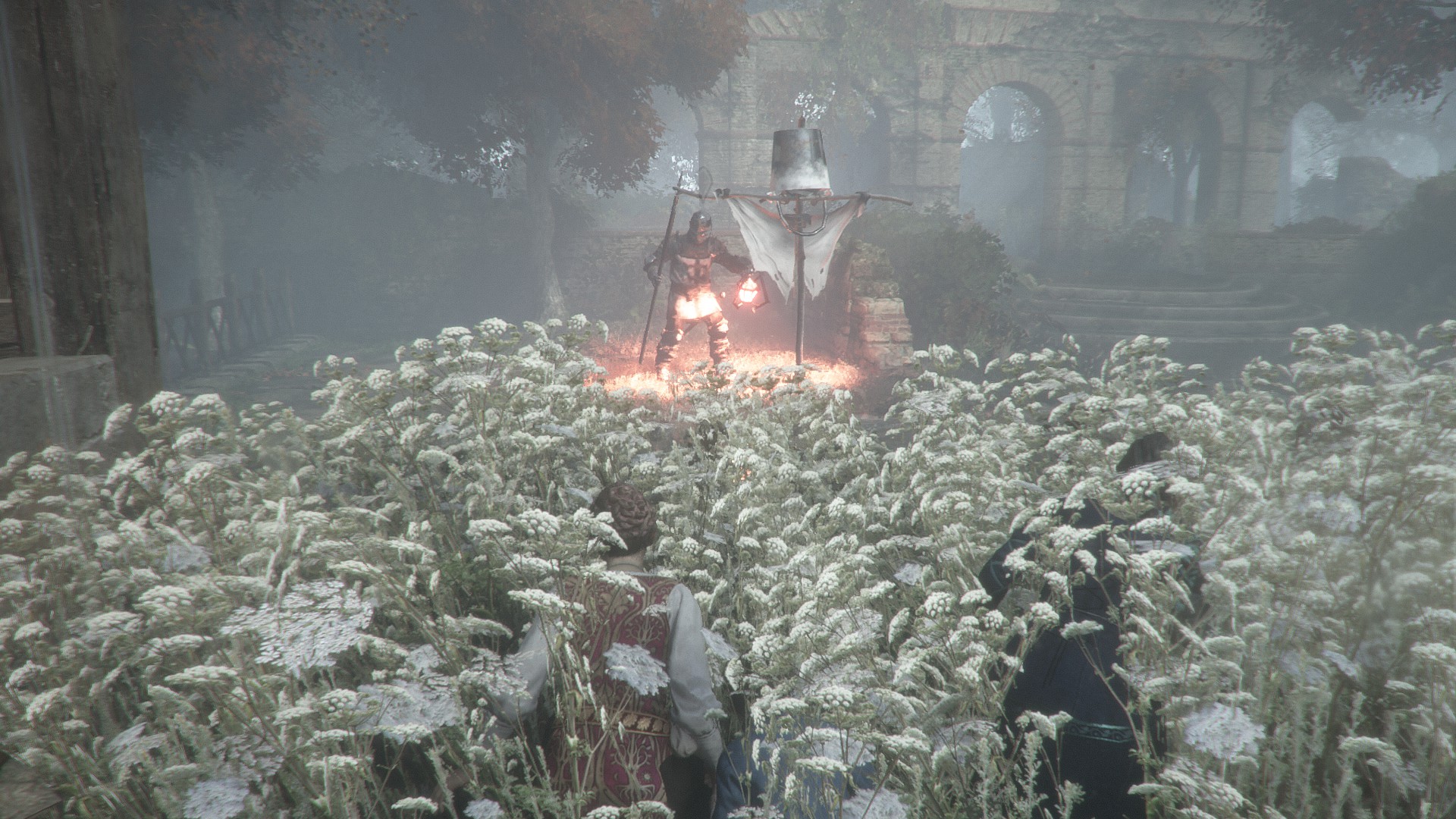
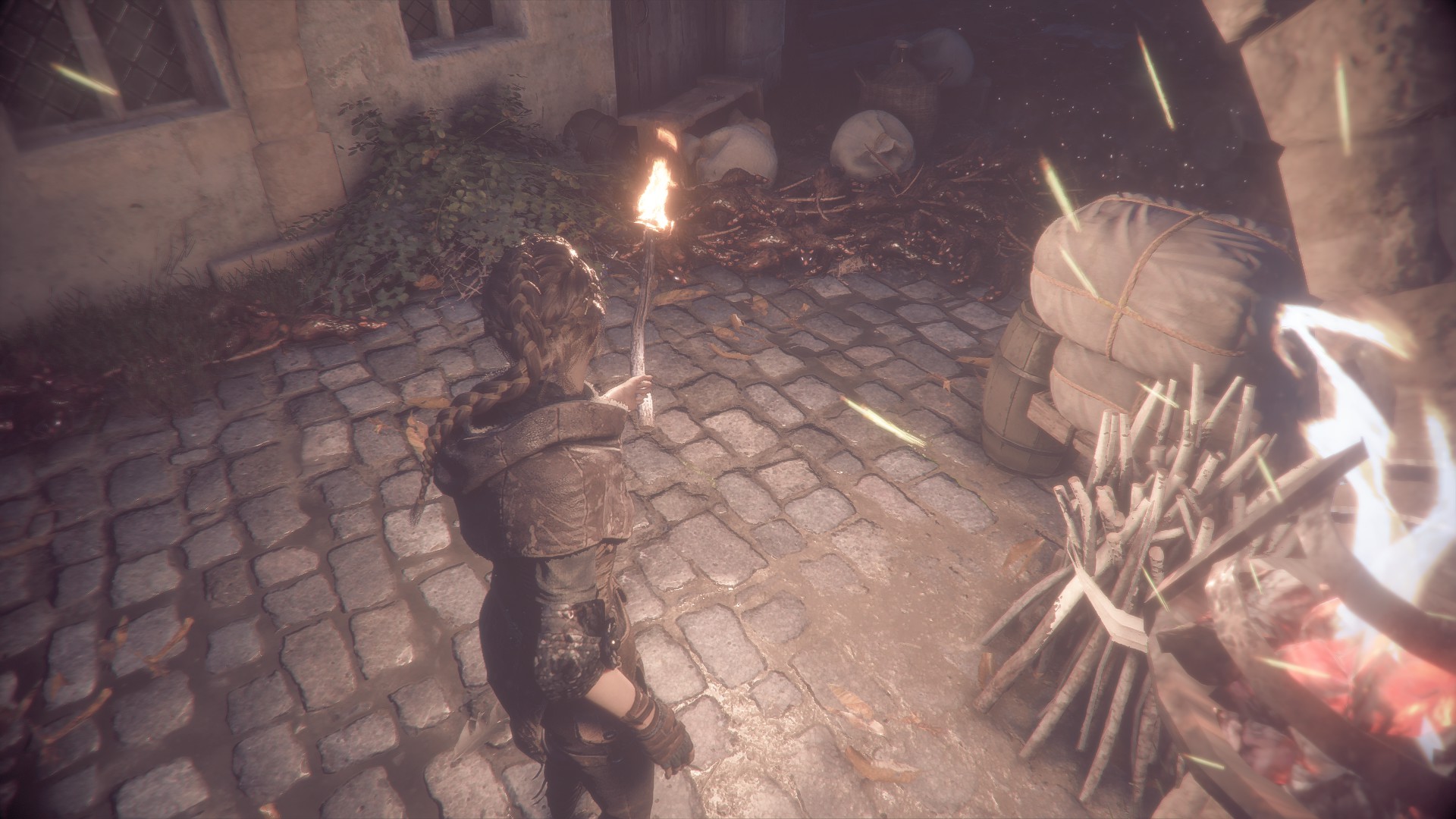
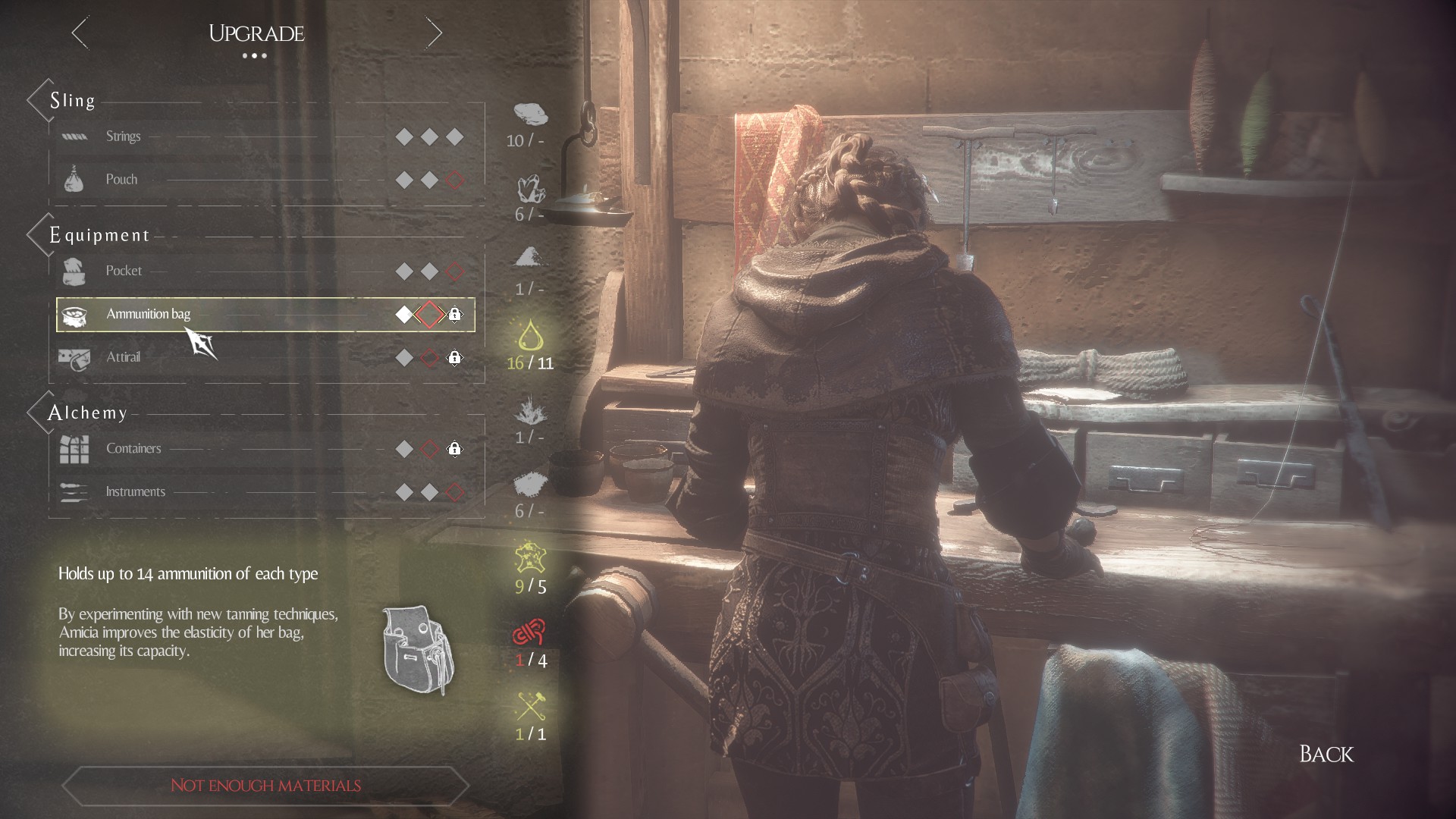
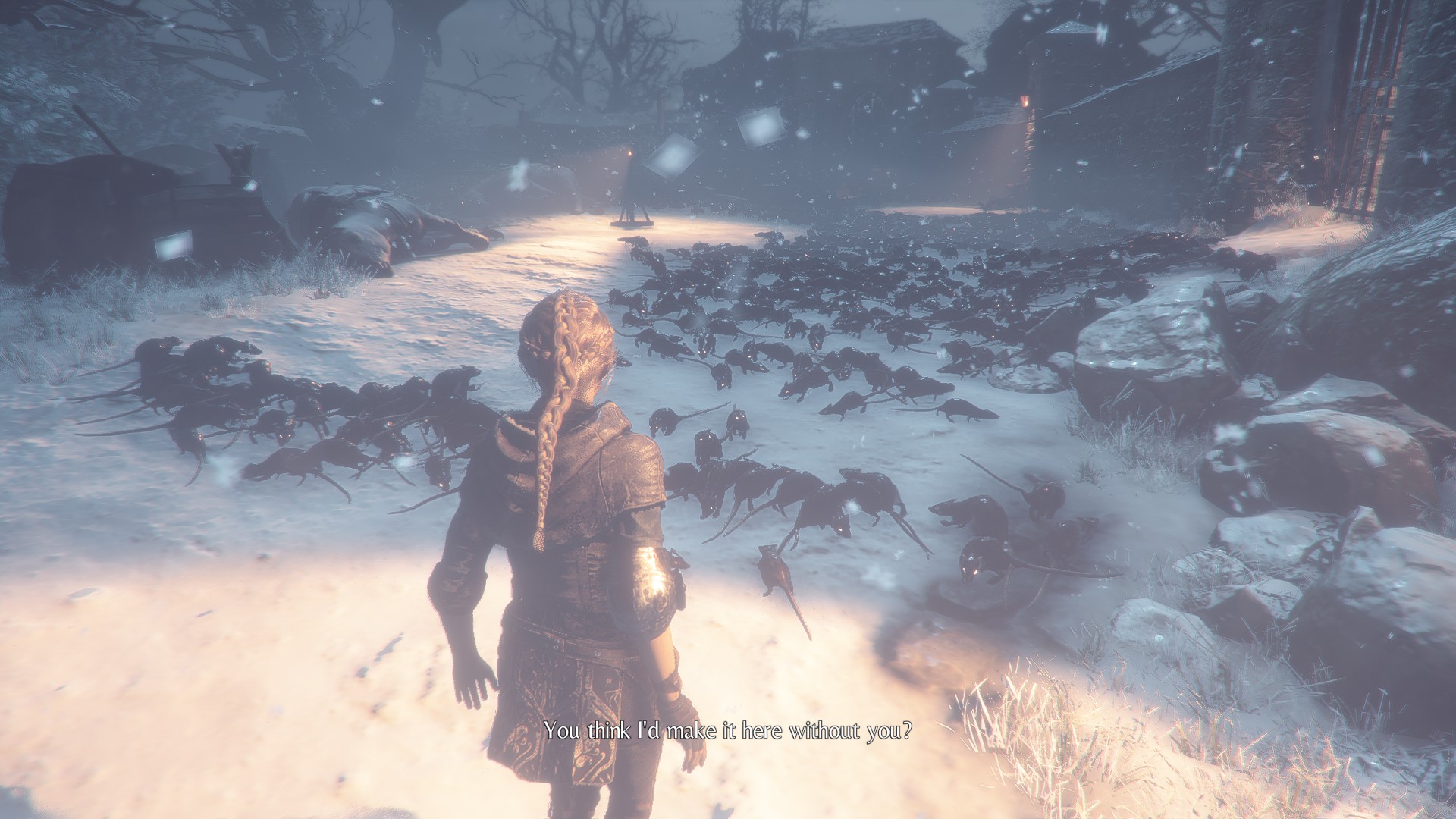





Published: May 12, 2019 08:15 pm